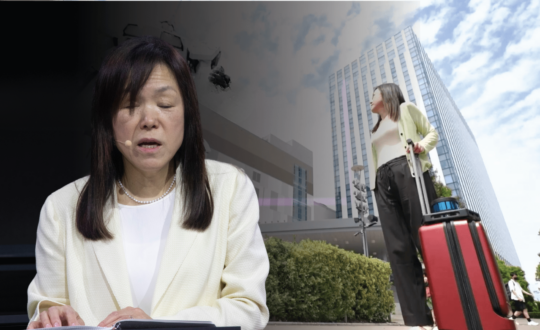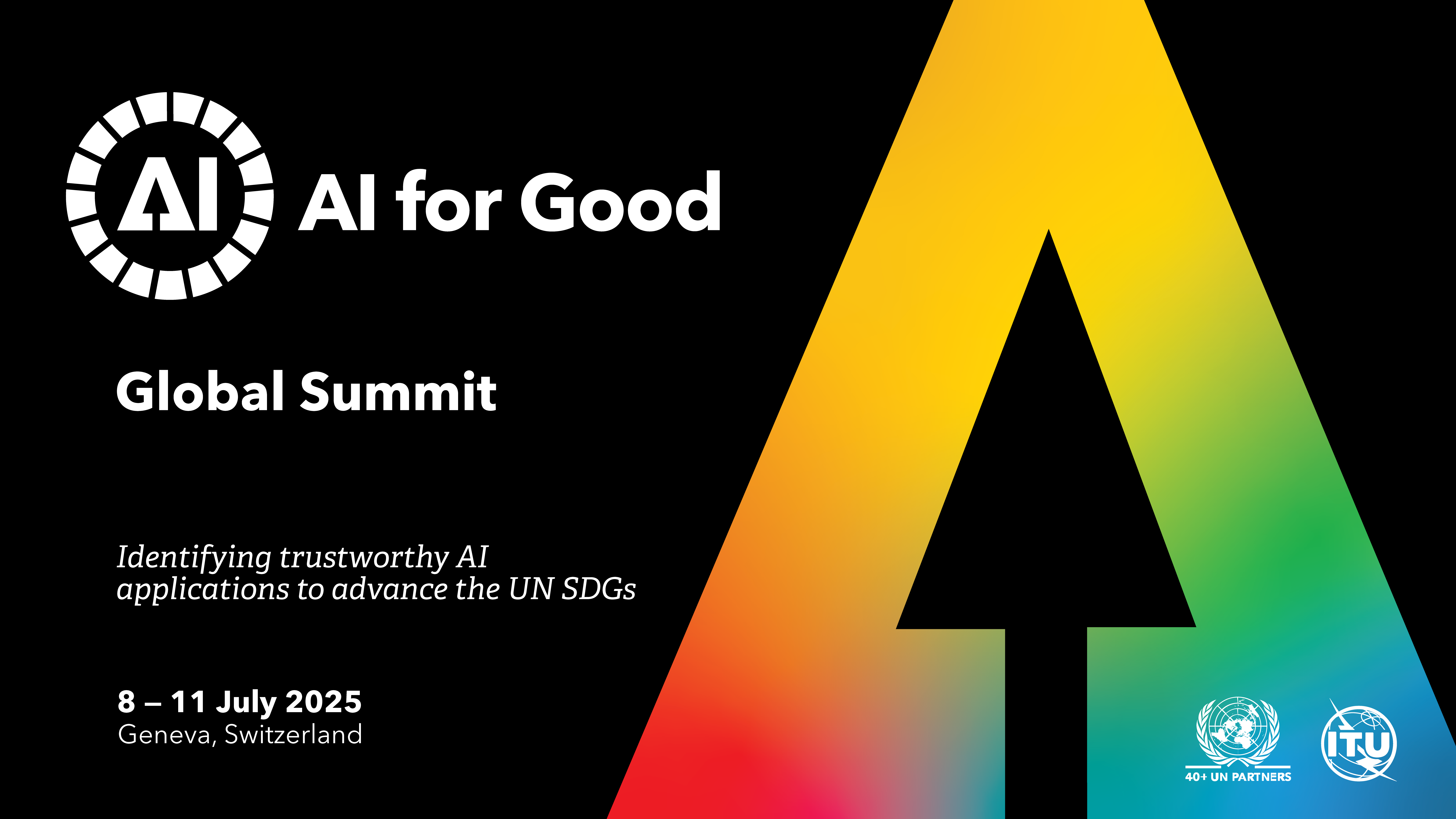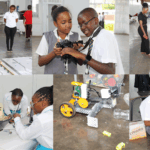The latest International Telecommunication Union AI For Good Innovation Factory is supporting start-ups that are using artificial intelligence (AI) and robotics to solve sustainable development challenges. Needleye Robotics were the finalists of our recent live pitching session, with an AI-powered robotics solution to radically improve the clinical outcome in needle based prostate biopsy procedures by using AI and robotics, turning an operator-dependent procedure into a safe, accurate, and repeatable robot-assisted procedure.
To find out more about Needleye Robotics watch the video below:
We spoke to Paolo Fiorini, CEO of Needleye Robotics about this winning solution.
Here are five things you should know about the AI for Good Innovation Factory winner:
- Can you tell us about your winning solution?
The system that we propose is a small AI-guided robot to carry out a prostate biopsy. This procedure is the golden standard to diagnose prostate cancer, but it still affected by a high error margin, up to 30% of false negatives. A wrong diagnosis can put the patient health at risk if the cancer is not treated but may also result in overtreatment when the patient undergoes unnecessary surgery.
The development of the idea was a long process because few people believed that it satisfied a real need. It is interesting to see that the users, i.e. the urologist, were/are eager to have a device that can give them confidence on the data received, whereas the few investors I talked to either did not believe in the importance of the diagnostic step or were concerned about the long time to reach the market. Another important point is that biopsies are “poor” procedures, as compared to robot-assisted surgeries, and perhaps not as attractive as major interventions to investors, in spite of their large health and social impact.
Fortunately, I received a few grants from the Italian Ministries and the European Union Horizon programs that allowed improving and testing the technologies. The turning point was the Proof of Concept grant from the European Research Council (ERC) that allowed us to build the first prototype and to carry out tests on cadavers. The success of the tests and the publications of the results gave me and my team enough confidence to found the company with our own funds and to continue the work. This optimism was rewarded by a new grant from the European Innovation Council (EIC Transition) that will permit us to industrialize the prototype and be ready for the certification and the clinical trials.
- Where are you from and what regions do you work in?
I am from the Nord-East of Italy, the Veneto region, from the city of Verona where I was born. I studied in Verona and I got my first degree at the University of Padova, but in 1980 I moved to California for what was supposed to be a short three-month job. I ended up staying in the Los Angeles area for more than 20 years, getting my PhD at UCLA and working in the robotics group at NASA-Caltech Jet Propulsion Laboratory. Family reasons made me return to Italy in 2021, and I was very lucky to get a job as a professor at the university of Verona. At that time robotics was still a novelty and I started a robotics laboratory at the University and began teaching robotics also to high and middle school students. Some of my students eventually became teacher in different schools and now robotics has a very large interest and competence base in Verona.
- How can your solution help to solve the United Nations Sustainable Development Goals?
Prostate cancer is the second leading cancer in men and of course our system will address “Goal 3: Ensure healthy lives and promote well-being for all at all ages” of the UN Sustainable Development Goals. However, we aim at achieving also “Goal 10: Reduce inequality within and among Countries”. Our second goal will address in particular what I call the “Robotic Divide”, i.e. the division, existing also in affluent Countries, between hospitals that can offer robot-assisted therapies and hospitals that cannot. There are many reasons for the Robotic Divide and, up to a certain extent, it must be preserved. Robots in fact should be used in hospitals with a case load large enough to preserve the “robotic” skills if its personnel. However, cost is the major reason for the limited adoption of robots in surgery. There is interest in Europe towards new “Frugal Robotic Devices,” especially in medicine, which can combine top performance and affordable cost. The prostate biopsy robot that we are developing will go in this direction, and it will be affordable by hospitals and by single practitioners in their office as well.
- What is your biggest challenge as an AI start-up?
There are many challenges in developing an AI product, some of them very clear and others not apparent at all. First, many of our AI algorithms are Deep Learning based, and it is very difficult to ensure that the training data are not biased. To this extent, we are already running clinical trials to acquire the annotated data necessary to train our algorithms. However, there are also more subtle challenges. For example, in our product AI is “embodied”, i.e. it is an intrinsic part of a physical device. This may not be clear to investors who expect an AI system to be an algorithm or an applet, with much lower development time and cost than an “embodied AI” system. Another challenge that we are facing is the medical nature of our embodied algorithms that require much longer development time than a stand-alone algorithm. Finally, the real challenge is the certification process that is not prepared to deal with the true power of AI algorithms. The regulatory process does not consider yet “learning” as one of the functions of a medical device. We will, for the time being, not be able to take advantage of the full power of machine learning algorithms in our products.
- Why did you join the Innovation Factory Pitching Competition?
There are few places in which we can talk about the development of a real product combining robotics and AI. The Robotics for Good Factory seemed a good place to pitch my ideas. I also wanted to see whether my vision of how the medical and ethical goals of our AI-powered robot is accepted by this community. The ITU and UN organization of this initiative is very prestigious and should give visibility and credibility to the participants to the Competition.
Register for the AI For Good Innovation Factory to seek ground-breaking solutions from start-ups and to explore opportunities to meet promising ventures and collaborators.
















